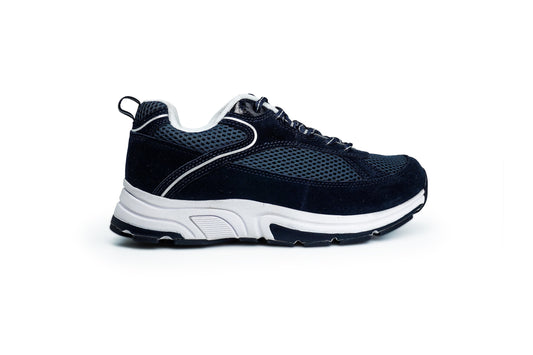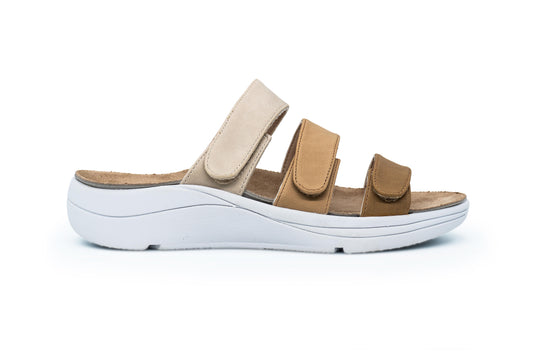Optimizing Joint Health: The Crucial Role of Exercise for Knee and Hip Problems
Exercise is an essential pillar in the journey towards a healthy lifestyle. It remains important, even in the face of knee or hip problems, to prioritize targeted exercises. These exercises are crucial for both maintaining overall health and promoting recovery.
Maintaining good health requires a holistic approach, and regular exercise plays a vital role in achieving this goal.
Focusing on Antigravity Muscles to Enhance Strength

When knee and hip problems arise, it's common for important antigravity muscles such as the quadriceps and gluteal to become weaker. Strengthening these important muscle groups with personalized exercise routines emerges as a way to promote healing.
Building up the muscles around an injured knee or hip is crucial for providing essential support to the joint. Having strong quadriceps muscles can be incredibly beneficial as they help absorb shocks and reduce strain on the joints.
Having balanced muscle strength is incredibly important. Having imbalances in paired muscles can result in joint issues and a higher chance of getting injured. It's important to maintain balance in muscle pairs to ensure that your joints function at their best.
Flexibility Exercises

Flexibility exercises play a crucial role in improving joint function. Through the practice of these exercises, you can greatly enhance your joint flexibility and overall mobility by targeting and releasing tension in specific muscles.
For those dealing with knee or hip issues, it's important to be careful, particularly when participating in activities that put a lot of stress on the joints, such as running on hard surfaces. It is advisable to consider gentler alternatives like swimming or cycling to safeguard the health of your joints.
Physical Therapy

Physical therapy plays a crucial role in the treatment of arthritis and joint problems. Physical therapists create personalized exercise programs to help restore or preserve physical functioning, perfectly aligning with treatment objectives.
Physical therapists utilize a variety of pain-relieving treatments, including ice, heat, and massage. In this post, we'll be discussing the benefits of gait retraining and how it can assist individuals in improving their walking patterns and addressing joint problems.
Discovering Different Workout Routines
It becomes clear that there is a strong emphasis on exploring different exercises and activities, with a focus on avoiding high-impact options. If you're looking for joint-friendly alternatives, incorporating swimming, cycling, and leg resistance exercises into your routine is highly recommended.
This exploration provides a thorough guide, showcasing the powerful impact of exercise and physical therapy in effectively managing knee and hip problems. By focusing on specific exercises, ensuring a balanced muscle development, and embracing flexibility, individuals can take proactive steps towards enhancing joint health and overall well-being.
Discover a wide selection of medically designed shoes that provide relief for foot discomfort with DiabeticShoe.in. Start shopping today!








